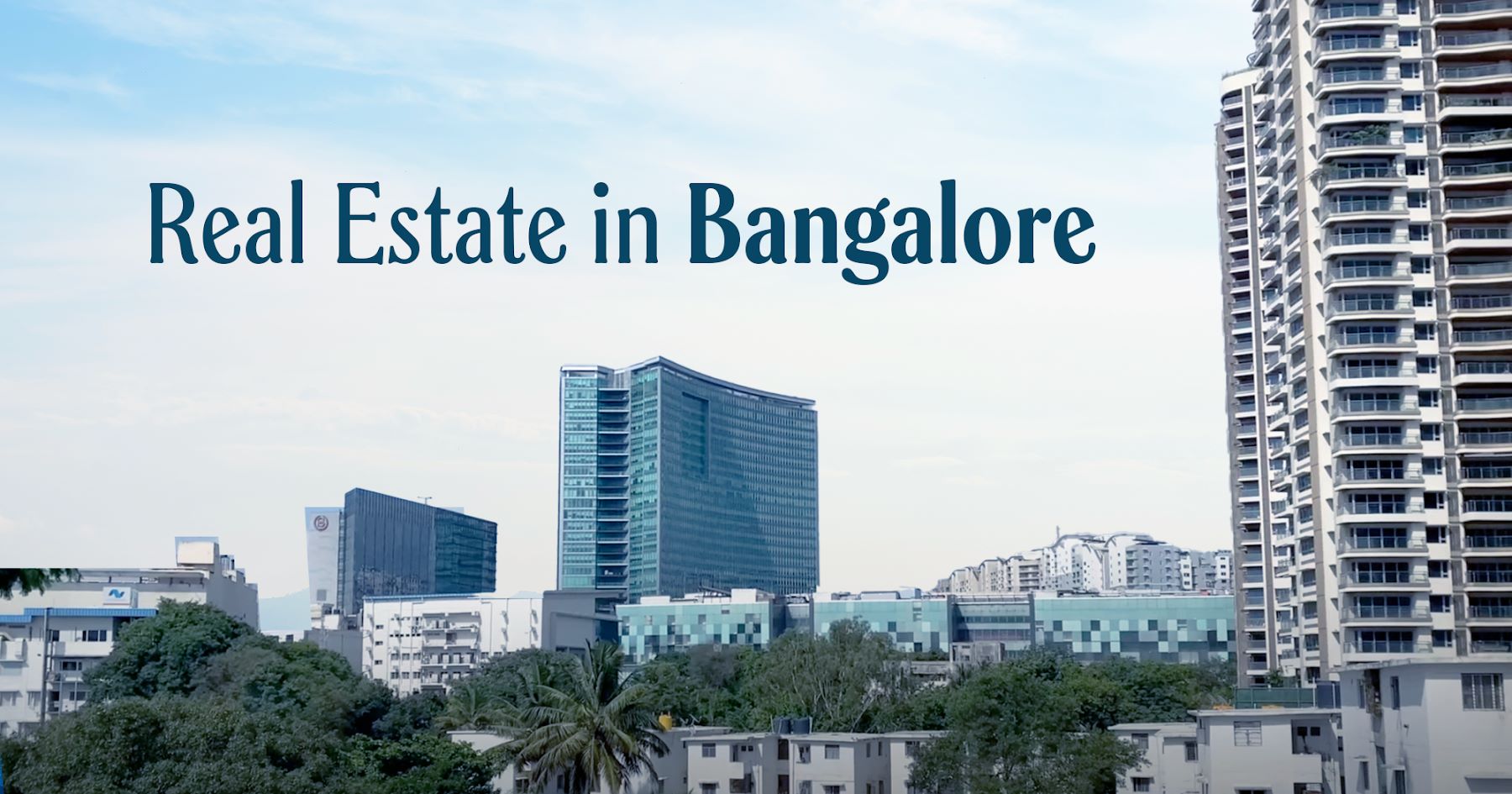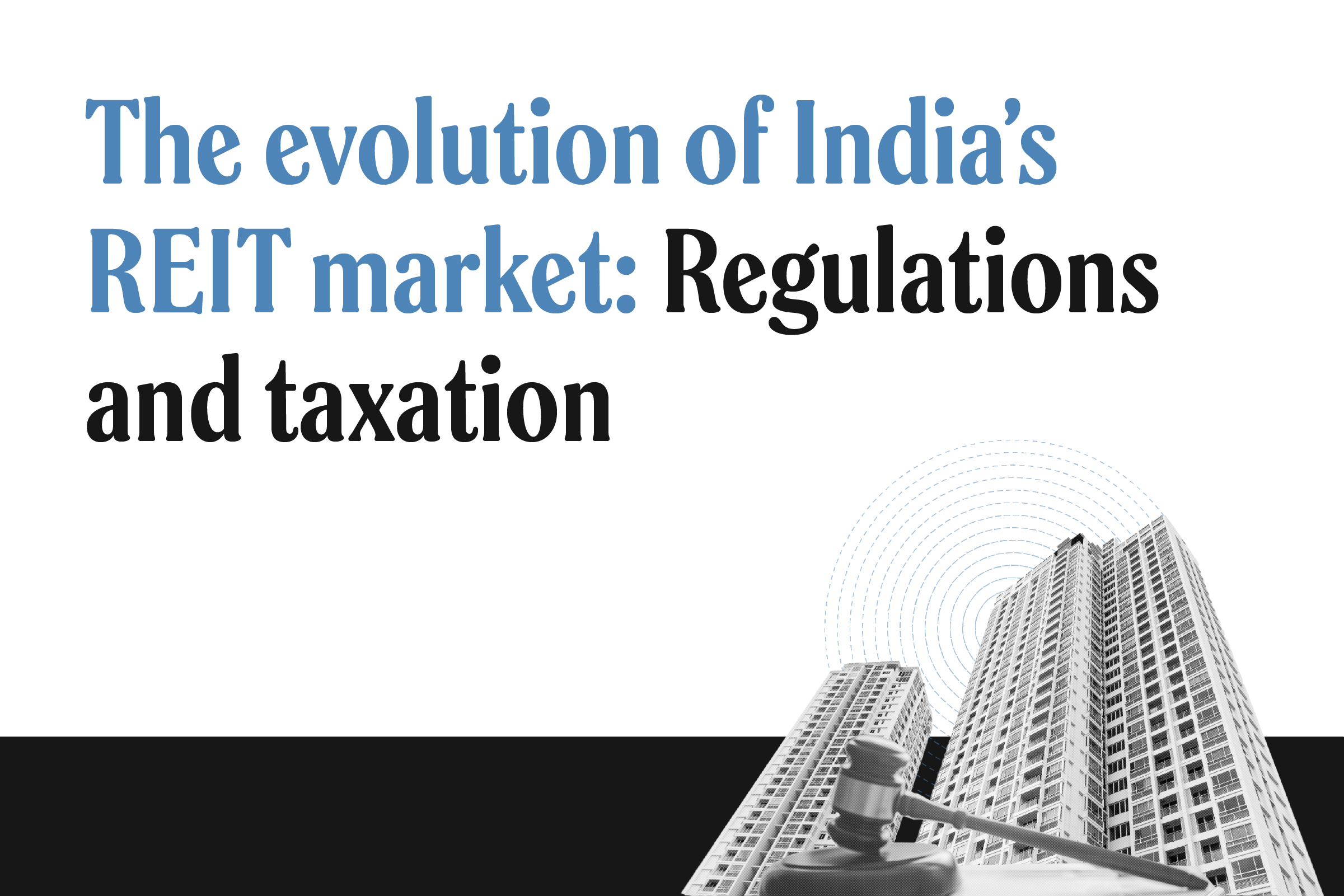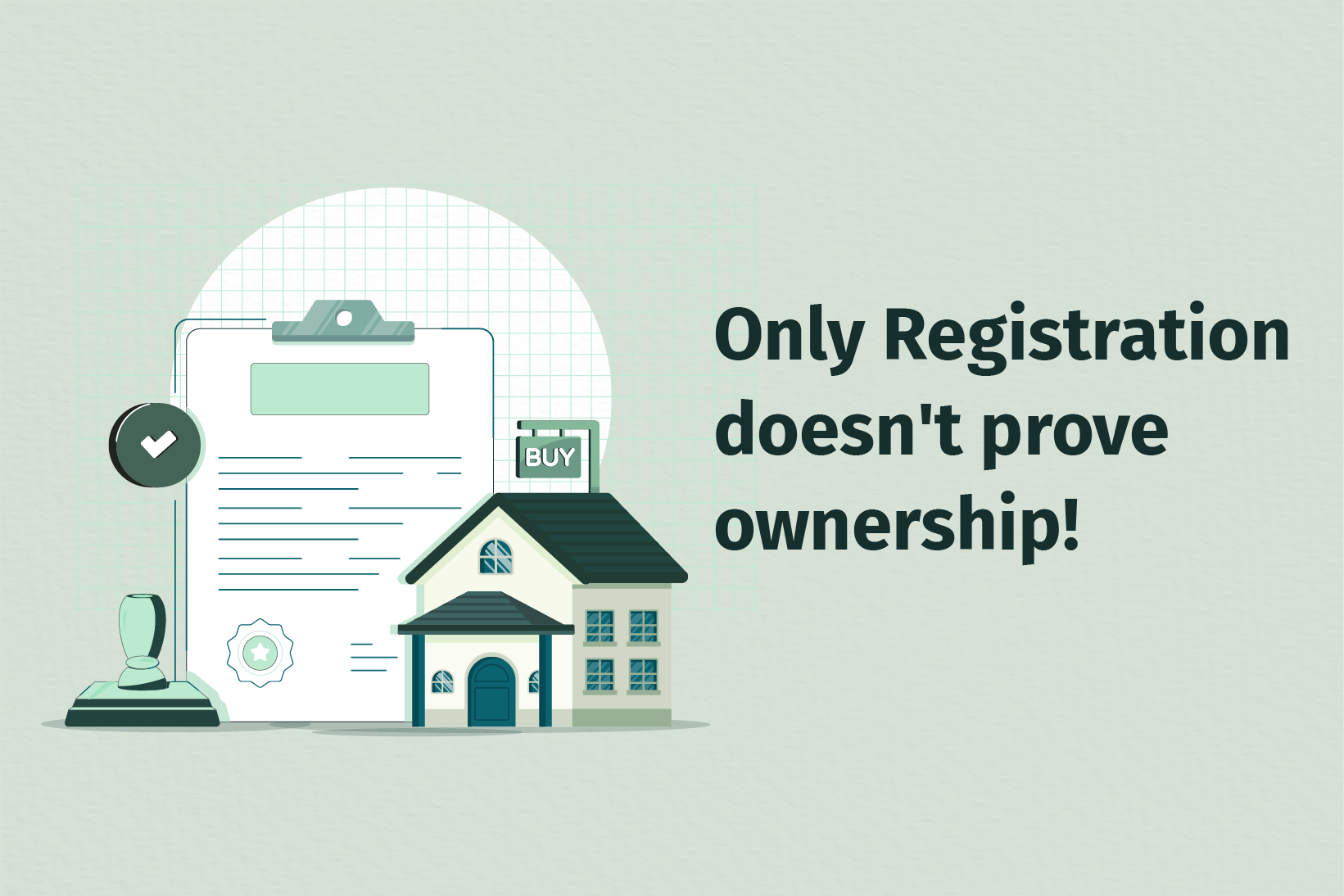Mumbai, known as “Amchi Mumbai,” is a symbol of India’s strength and ambition. This lively city is a mix of cultures, a rich history, busy markets, and a vibrant arts scene. Its famous skyline, filled with tall buildings and historic sites, highlights its role as a global city full of opportunities. As the financial capital of India, it serves as the economic heartbeat of the country, hosting major financial institutions and contributing significantly to the country’s economy.
The real estate market reflects the city’s economic health and drives urban development. The demand for housing is rising due to a growing population and the dreams of homebuyers looking to find their place in this city. However, issues like affordability and accessibility in real estate are significant issues that need to be addressed so that Mumbai can remain a place where people can achieve their dreams of homeownership.
Our comprehensive research, conducted in collaboration with NAREDCO Maharashtra, reveals insights that matter to every aspiring homeowner and investor in Mumbai. Whether you’re a first-time homebuyer, an investor, or simply interested in Mumbai’s property market, understanding the current landscape is crucial.
The research uncovers several key aspects that directly impact your property decisions:
- Price trends across different areas of Mumbai
- Affordability metrics for various income groups
- Investment potential in different micro-markets
- Regulatory challenges affecting property prices
Mumbai’s Real Estate Evolution
Mumbai’s real estate journey mirrors the city’s transformation from a textile hub to a global financial centre. Over the past decade, this evolution has been particularly dramatic, shaped by changing economic patterns, demographic shifts, and infrastructure development.
One of the most significant changes has been the shift from South Mumbai to the suburbs. As the city grew, we’ve seen a clear movement of homebuyers towards areas like Andheri, Borivali, and Thane. This suburban migration reflects a fundamental change in how people live and work in Mumbai.
Major infrastructure projects have impacted Mumbai’s real estate:
- The Mumbai Metro has opened up new residential corridors
- The coastal road project is enhancing connectivity
- The trans-harbour link is making distant suburbs more accessible
These developments are creating new real estate hotspots and investment opportunities, apart from improving connectivity.
Mumbai’s real estate prices have also shown interesting patterns:
- Steady appreciation in suburban areas
- Premium locations maintaining their value
- New micro-markets emerging along infrastructure corridors
Understanding these evolution patterns is crucial for anyone looking to invest in Mumbai’s real estate market. Whether you’re a first-time homebuyer or a seasoned investor, these trends provide valuable insights for making informed property decisions.
The Young Homebuyer’s Challenge
India’s young demographic, with a median age of 28 years, presents both opportunities and challenges for Mumbai’s real estate market. As young professionals flock to the city for its career opportunities, their housing aspirations often clash with market realities.
Young buyers in Mumbai face unique problems – high down payment requirements, steep monthly EMIs that strain monthly budgets, limited options in preferred locations, and smaller homes for higher prices. While the city offers excellent career opportunities and high salaries, housing costs often outpace income growth.
For young professionals dreaming of owning a home in Mumbai, understanding these issues is the first step toward finding solutions:
- Consider emerging suburban locations with good connectivity
- Look for properties near upcoming infrastructure projects
- Stay informed about government initiatives for affordable housing
This reality check isn’t meant to discourage but to help young buyers make informed decisions. With careful planning and the right approach, the dream of owning a home in Mumbai remains achievable, albeit requiring more strategic thinking than in other cities.
Investment Potential Unveiled
Despite its challenges, Mumbai’s real estate market has consistently demonstrated its strength as an investment avenue. Our research reveals compelling evidence of the market’s resilience and long-term growth potential, particularly when compared to other investment options.
Historically, Mumbai’s real estate has shown remarkable stability in returns:
- 10-year average annual appreciation of 7-8% in established areas
- Emerging suburbs showing even higher growth rates of 9-11%
- Premium locations maintain value even during market downturns
This steady appreciation becomes more significant when we consider its role in wealth creation:
- Property values have consistently outpaced inflation
- Real estate has proven less volatile than stock markets
- Rental yields provide additional income streams
Real estate offers unique benefits as an investment – a natural hedge against inflation, the potential for both capital appreciation and rental income, tangible assets with inherent value, and tax benefits on both principal and interest payments.
For investors looking at the real estate market, the key lies in understanding its patterns and choosing locations that align with their objectives. While initial costs may be high, the long-term benefits of investing in it can make it a worthwhile consideration for your investment portfolio.
The Path Forward
From affordability concerns to regulatory hurdles, Mumbai’s real estate market requires thoughtful interventions to ensure that it remains accessible, sustainable, and prosperous for all. Our collaboration with NAREDCO has led to several key recommendations aimed at improving the real estate landscape in Mumbai:
- Implement regulatory stability measures for new estate regulations.
- Rationalise government premiums to ease financial burdens on developers.
- Develop an integrated digital platform for streamlined approvals.
- Redefine “affordable housing” for metropolitan contexts.
Conclusion
Mumbai’s real estate market stands at a crucial crossroads. Our comprehensive analysis reveals both challenges and opportunities that will shape the city’s future.
With the right mix of policy reforms, market innovations, and stakeholder collaboration, Mumbai can continue to be not just India’s financial capital, but also a model for sustainable and inclusive urban development.










